Discover The Painting Podcast
The Painting Podcast

31 Episodes
Reverse
In this episode, we move from the balance of the High Renaissance to the distortions of Mannerism, and from Caravaggio’s raw drama in Rome to Rudolf II’s eccentric collections in Prague. Along the way we look at Parmigianino’s Madonna of the Long Neck, Bronzino’s polished allegories, and Sofonisba Anguissola’s quiet domestic scenes.
A basic overview of the high renaissance. Starting in Rome, and ultimately ending up at Lobkowicz Palace in Prague.
In this episode, we explore Caravaggio's groundbreaking techniques and tumultuous life, highlighting how his dramatic use of light and realism laid the foundation for the Baroque movement. Discover how his intense emotional depth and innovative compositions revolutionized art, marking the birth of Baroque.
Today we'll explore how Mannerism, with its elongated forms, complex compositions, and vibrant colors, broke away from the classical ideals of balance and proportion established by earlier Renaissance masters.
In this episode, we delve into the intriguing world of grotesque art, tracing its origins from the Roman grottoes to its profound impact on modern aesthetics. We explore how what began as whimsical, colorful decorations evolved into a broader artistic expression that encompasses the bizarre, the surreal, and the deeply unsettling. Through discussions on key works like Goya's "Black Paintings," we examine how grotesque art challenges our perceptions and provokes a visceral emotional response. Join us as we uncover the dark beauty and psychological depth of the grotesque in art history.
Today we journey through historical art movements and into the minds of contemporary creators to discover how being alone can amplify creativity.
We trace the history of people observing the art-making process. From ancient times when communities would gather to watch artisans at work, through the Renaissance workshops, to modern-day live streams and social media platforms like TikTok, we examine how the act of witnessing art creation has evolved.
This episode delves into the fine line between cheesiness, kitsch, and high art. From the pastoral scenes of Gainsborough to the consumer culture critiques of Warhol and the polling experiments of Komar and Melamid, we examine how artists challenge and redefine our notions of taste, authenticity, and artistic value in a constantly evolving cultural landscape.
Digging into how we can create an environment where creativity can flourish, and allow the muse in to create meaningful connections that allow for artistic innovation.
How are we taught to look at art, and why does it get everything wrong? In this episode I look at conventional ways of teaching students to look at art, and offer an alternative that allows for more intuition, experiementation, and a familiarity with the medium.
In this episode I try to come to terms with my hatred of Fragonard, and see if I can appreciate art which I don't necessarily like.
Dissecting the life and work of expressionist painter Egon Schiele
In this episode we look at the life and work of English-Mexican surrealist Leonora Carrington.
Looking at the life and work of German American painter, and educator, Hans Hoffman.
In this episode we delve into the world of Bosch, Van Eyck, Dali, and Magritte. We see what things they have in common, and what things they don’t. .
The life and work of American artist RIchard Diebenkorn
In this episode, we will explore the fascinating intersections of art and humor. Join us as we delve into the captivating parallels between crafting a joke and the processes of creating and experiencing a painting. Discover how the art of comedy intertwines with visual expression, unveiling the shared elements that make both mediums uniquely captivating.
What does da Vinci have to do with "Hudson Hawk"? Join us as we unravel the peculiar charm of this action-comedy film starring Bruce Willis and compare and contrast the work of Leonoardo Davinci with the Film. We examine how "Hudson Hawk" stands as a curious blend of humor, action, and campiness, gathering a dedicated fan base despite its initial critical reception. And also investigate the parallels this film has to the life work of Leonardo Da Vinci
Nostalgia, is a bittersweet sentiment that has the power to transport us to moments long gone, has been a subject of fascination and interpretation for artists throughout history.Ah, nostalgia, a complex and captivating emotion that can evoke both positive and negative experiences. Let's delve into the duality of nostalgia and explore why it can be both good and bad.On one hand, nostalgia can be a source of comfort and joy. It transports us back to cherished memories, reminding us of the moments, people, and places that shaped our lives. It allows us to reconnect with our past selves and experience the warmth of familiarity. Nostalgia can provide a sense of stability and security, especially in times of uncertainty or change. It offers solace by creating a bridge between our present and the memories that hold deep emotional significance.Nostalgia has the power to uplift our spirits, evoke laughter, and foster a sense of belonging. It brings people together, as shared nostalgia can create bonds and foster a sense of community. Through nostalgia, we revisit cultural touchstones, childhood experiences, and even historical events, strengthening our collective identity and fostering a sense of continuity across generations.However, it's important to acknowledge that nostalgia can also have its pitfalls. It can be deceptive, painting an idealized and romanticized version of the past. Nostalgia often glosses over the hardships, struggles, and flaws that were an inherent part of those bygone times. This idealization can distort our perception of reality, leading us to yearn for an imagined past that may not have actually existed.This is how Nostalgia can trap us in the past, hindering personal growth and preventing us from fully engaging with the present. It can create a longing for a time that is gone, preventing us from embracing new experiences and opportunities. By fixating on the past, we risk missing out on the beauty and potential that lies in the present moment. Embracing nostalgia with a balanced perspective allows us to draw upon the positive aspects of our past while embracing the possibilities of the present and future. By integrating nostalgic moments into our lives, we can find inspiration, gain a deeper understanding of ourselves, and strengthen our connections with others.Nostalgia often arises from a desire to reconnect with cherished memories, places, or experiences, reflecting our innate yearning for familiarity and comfort. In the realm of art, nostalgia can be both a powerful tool and a double-edged sword, capable of eliciting a range of emotions and interpretations.Think of paintings that depict idyllic landscapes, evoking the serenity of the countryside or the charm of small-town life. Or consider photographs capturing candid moments of pure joy and laughter, freezing in time the fleeting nature of happiness. These artworks can transport us, if only momentarily, to a place of comfort, reminding us of the beauty and simplicity that once enveloped our lives.However, things aren’t always so easy are they?. As mentioned previously, It can also have a darker side, blurring the lines between reality and idealized versions of the past. This can lead to seeing the world through rose-tinted glasses and a nostalgia that romanticizes or distorts history, sometimes even erasing uncomfortable truths. It can trap us in an endless loop of yearning for a time that may never have truly existed, hindering our ability to fully engage with the present and move forward.This approach to nostalgia has the potential to stagnate creativity and perpetuate a longing for a past that can never be recaptured. Artists must navigate this terrain delicately, being mindful of both the seductive allure and the potential pitfalls of nostalgic themes. One must strike a balance between honoring the past and embracing the present. it is a delicate dance, one that requires introspection, critical examination, and an understanding of the complexities inherent in human experience.Through art, we often must confront nostalgia. Lets take a look at how Picassos work relates to ideas surrounding the concept of nostalgia. Picasso made work from his own experiences and personal connections. He was known to draw inspiration from his childhood memories, his relationships, and even historical events. In Picasso's masterpiece "Guernica," created in response to the bombing of a Spanish town during the Spanish Civil War, captures the horrors of war and the deep sense of collective pain and loss. While not explicitly nostalgic, "Guernica" elicits emotions of sadness and reflection, reminding us of the devastating impact of past events.Picasso's "Guernica" should not be considered a nostalgic piece because its purpose transcends the sentimental longing for a bygone era. Instead, the painting serves as a poignant and visceral depiction of the horrors of war and the suffering inflicted upon innocent lives. "Guernica" captures the anguish, chaos, and brutality of the bombing of Guernica during the Spanish Civil War, standing as a powerful anti-war statement. It confronts the viewer with stark imagery, distorted forms, and haunting symbolism, challenging the romanticization of the past and forcing us to confront the harsh realities of violence and oppression. Picasso's intention was not to romanticize or idealize the subject matter but rather to expose the stark reality and convey a powerful anti-war message. By invoking shock, outrage, and contemplation, "Guernica" urges us to confront the harsh truths of war and serves as a catalyst for empathy, reflection, and social change. It stands as a testament to Picasso's ability to harness the power of art to provoke thought and address profound societal issues, making it a far cry from sentimental art that merely aims to evoke nostalgic emotions.It’s important to note, that nostalgia and sentimentality are closely intertwined, as they both tap into our emotions and memories, evoking a longing for the past. Nostalgia often leads to sentimentality, a sentimental attachment to specific memories, objects, or experiences associated with that past. Sentimentality can be seen as a heightened emotional response triggered by nostalgia, imbuing those memories with a sense of sentimental value and significance. Both nostalgia and sentimentality can transport us to a sentimental state of mind, where we embrace the sentimental aspects of our past, cherishing the emotional connections and sentimental attachments that come with it. However, while nostalgia can be a genuine reflection of fondness and connection to the past, sentimentality can sometimes veer into a sentimental idealization, blurring the lines between reality and an idealized version of the past.Nostalgia, with its tendency to romanticize the past and yearn for a simpler time, can be manipulated by authoritarian regimes to fuel nationalist sentiments and justify oppressive ideologies. By invoking a nostalgic longing for a mythologized past, fascist movements can exploit the sentimental attachment people have to a particular identity, culture, or idealized version of their nation. The manipulation of nostalgia and sentimentality can create a fertile ground for the propagation of exclusionary and discriminatory ideologies, as it taps into the emotions and desires of individuals who feel disoriented by rapid societal changes. By promising a return to a glorified past, these movements manipulate and distort nostalgia, using sentimentality as a tool to manipulate public opinion and garner support for their authoritarian agendas.So how does this relate to painting? Well, sentimentality and nostalgia are two lenses that paintings can be viewed through. However what is, and what isn’t nostalgic or sentimental is often not so clear. Lets take a look at one artist who is often thought of as very sentimental and nostalgic, and that’s Thomas Kincaide. Kinkade's meticulously crafted landscapes, bathed in soft, glowing light, evoke a sense of warmth and tranquility. His idyllic scenes, often featuring charming cottages, cozy streets, and pristine natural settings, transport us to an idealized world, tapping into our longing for simplicity and harmony. Through his use of vibrant colors, meticulous details, and an emphasis on nostalgic settings, Kinkade's paintings embrace sentimentality by appealing to our emotions and desire for a romanticized past. However, it is essential to critically analyze these works and consider the tension between the allure of sentimentality and the potential for its manipulation. By engaging in visual analysis of Kinkade's paintings, we can unravel the complexities of sentimentality in art, questioning its authenticity and its role in shaping our perceptions of nostalgia and the world we inhabit.To contrast we can look at Picasso's exploration of sentimentality, which can most notably be seen in his Blue Period, a phase in which he predominantly used cool blue tones and depicted melancholic subjects. Paintings like "La Vie" and "The Old Guitarist" evoke a sense of vulnerability, isolation, and introspection, touching on the human condition and the fleeting nature of time. It is worth emphasizing that this phase of Picasso's career also coincided with a period of personal loss and introspection. The suicide of his close friend, Carlos Casagemas, profoundly impacted Picasso, driving him to explore themes of melancholy and sorrow. The Blue Period paintings, characterized by a predominantly blue color palette, captured the emotional weight of Picasso's grief and the wider human condition. Through poignant depiction
In this episode, we delved into the captivating world of Pierre Bonnard, an influential artist whose work had a profound impact on the art world. We explored Bonnard's unique style, which blended elements of impressionism, post-impressionism, and Japanese prints, creating a visual language that was uniquely his own.We examined how Bonnard used color in emotive ways, infusing his paintings with a sense of vibrancy and energy. We discussed his association with the Nabis group and their shared interest in exploring the emotional power of color. We also explored how Bonnard's use of color and composition was influenced by his personal relationships, particularly his intimate and ongoing portrayal of his wife, Marthe, in his paintings.Drawing connections to other art movements of the time, we discussed the rise of impressionism and Bonnard's place within it. We explored his relationship with fellow artists such as Degas and his role in bridging the gap between impressionism and the emerging fauvist movement.Throughout the episode, we analyzed specific paintings by Bonnard, discussing their themes, techniques, and the emotions they evoke. We explored his use of light, his intimate domestic scenes, and his ability to capture fleeting moments of everyday life with a sense of warmth and intimacy.



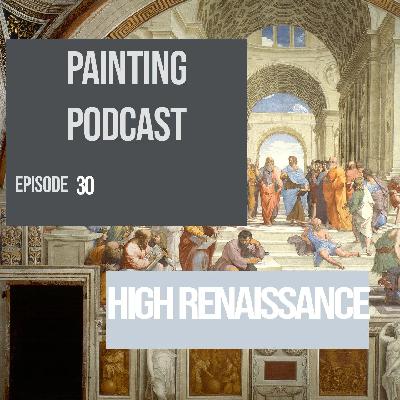


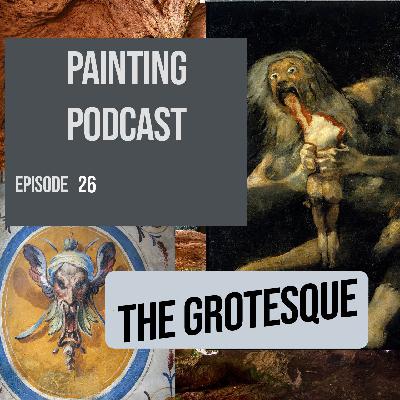

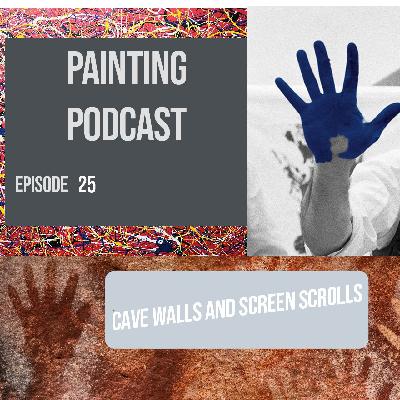

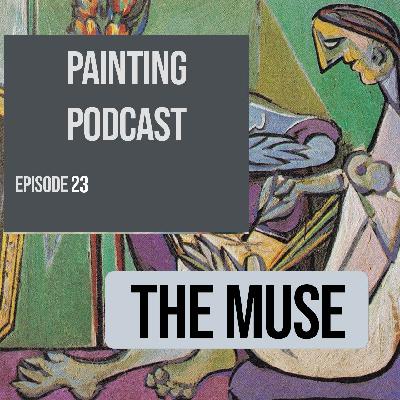
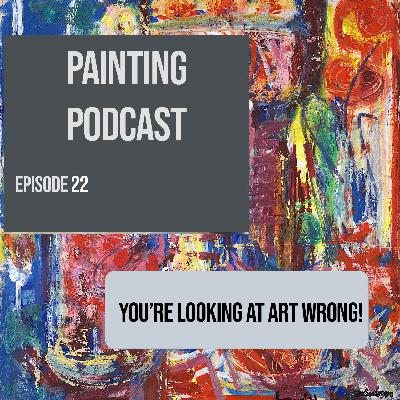

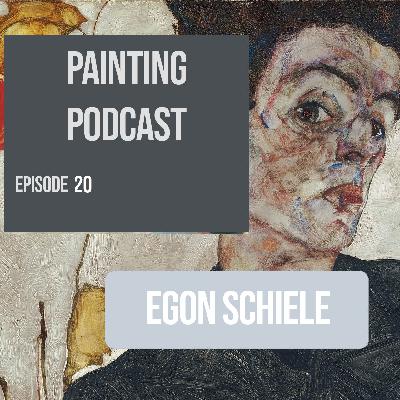




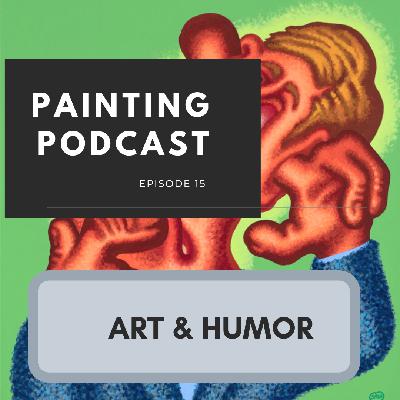
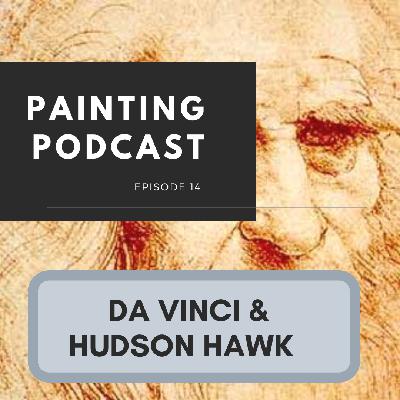

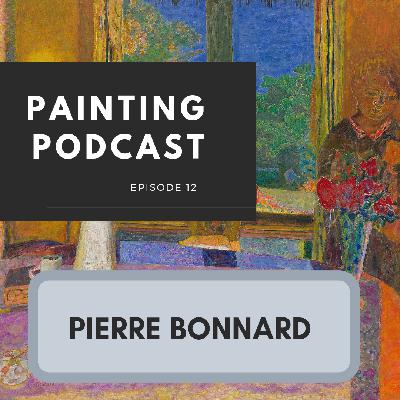



My London Painter is a small family run business. All of our painters and decorators have many years of experience here and abroad. We are based in south London, but can travel within M25 and beyond. We have worked on many different projects in domestic as well as commercial decorating. https://mylondonpainter.co.uk/
Revitalize your property's curb appeal with our top-notch exterior painting services in Oakville! At https://emgpainting.ca/, we specialize in bringing homes to life with vibrant colors and durable finishes that stand the test of time.